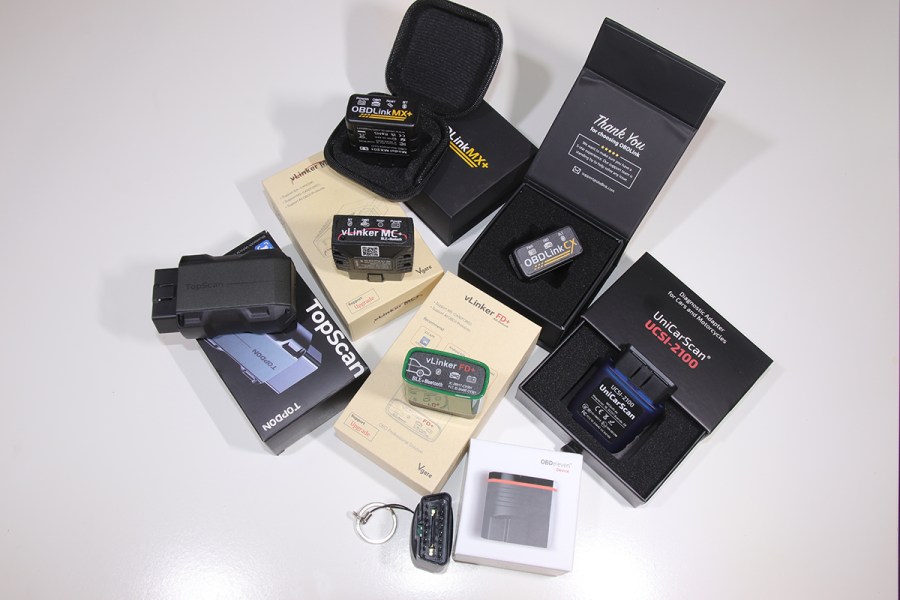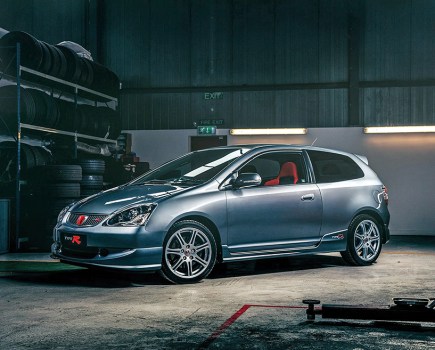I’ve picked seven of the best Bluetooth-connected scanners that plug into a car’s OBD2 socket and put them against each other in a mega test of diagnostics. Here are the best Bluetooth OBD2 scanners.
Communicating with a car’s ECU (Engine Control Unit) can help to resolve problems and keep the vehicle in good working order. If the engine management light (EML) appears on the dashboard, then the reason why can be found via the ECU. Sometimes, problems may not activate the EML, but the ECU will still have them logged. And the ECU can also determine when the engine needs servicing and whether specific equipment is working properly.
What is an OBD2 scanner?
So how do you communicate with the ECU to find out all of this information? Simple, through a scanner or fault code reader plugged into a communication port on the car. This communication port has been standardized and is now called the OBDII port. OBD stands for on board diagnostics, and the number II means it’s the second generation. It’s usually below the driver’s side of the dashboard, but can also be in the center console area.
OBD2 became a standard connection in the US from around 1996. In Europe, it became standard on gasoline (petrol) cars from 2001 and diesels from 2004.
How I tested the best Bluetooth OBD2 scanners
All of the scanners I’m testing consist of a small plug/dongle, which communicates with a mobile phone or laptop via a Bluetooth signal. They are generally much cheaper than dedicated scanners with their own screens.
From the seven Bluetooth scanners I have tested, they all have similar setup procedures. The first stage is to download an app to your phone or laptop. Some of the scanners have their own dedicated apps. Others have a choice of several third-party apps.
The next stage is to plug in the Bluetooth device into your car’s OBD2 port. Then switch on the ignition and open the app on your phone or laptop. I found establishing a connection between the device and my phone or laptop was very straightforward.
I’ve been involved in car diagnostics for several years. So I was keen to know whether these devices at the cheaper end of the market are any good. Read on to find out more.
Best Bluetooth OBD2 Scanners At A Glance:
- Best Overall & Best Value: vLinker MC+. RRP: $59.99 Buy / £59.95 Buy.
- Editor’s Choice: OBDeleven. RRP: $88.34 Buy /£69.95 Buy.
- Approved: TopDon TopScan. RRP: $69.99 Buy / £59.49 Buy.
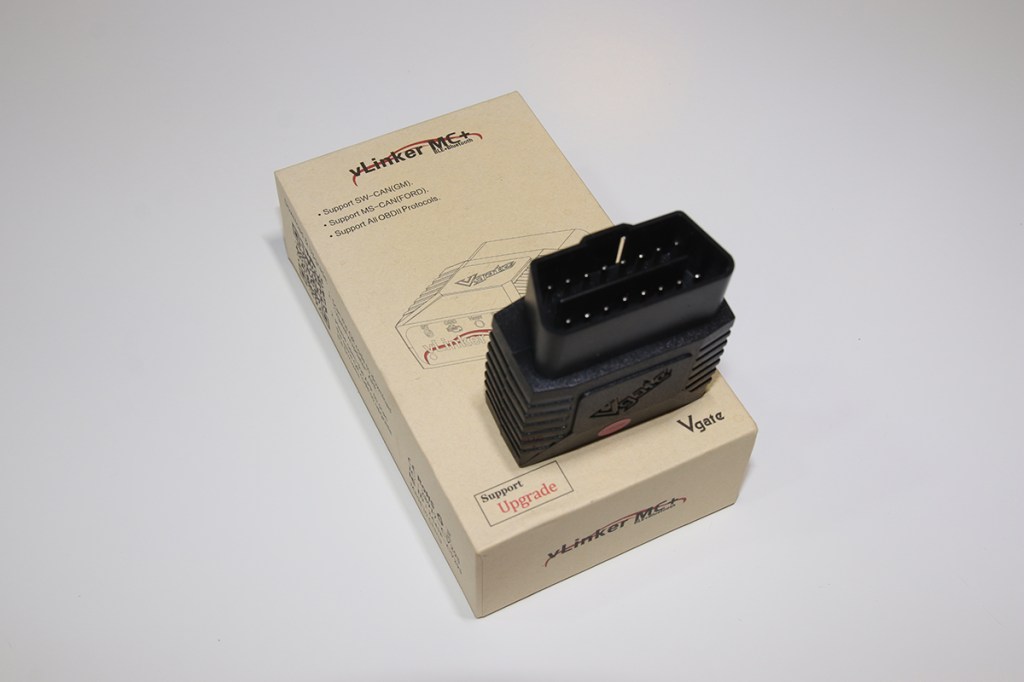
vLinker MC+
Award: Best Overall & Best Value
Pros: Clear display to show what’s happening, which helps with connecting to an app.
Cons: Wide choice of third-party apps, so it may take time to find the right one for you.
RRP: From $59.99 Buy now / £59.95 Buy now
Chinese electronics manufacturer vGate produces a long list of scanners. The vLinker MC+ promises to be easy to use, and it is. The front face has a clear display of labelled lights to tell you whether it’s connected and if there’s a power supply problem. There’s even a connect button to help pair with an app. Several third-party apps can be used on a smartphone (Android or iOS) or a Windows-based PC or laptop.
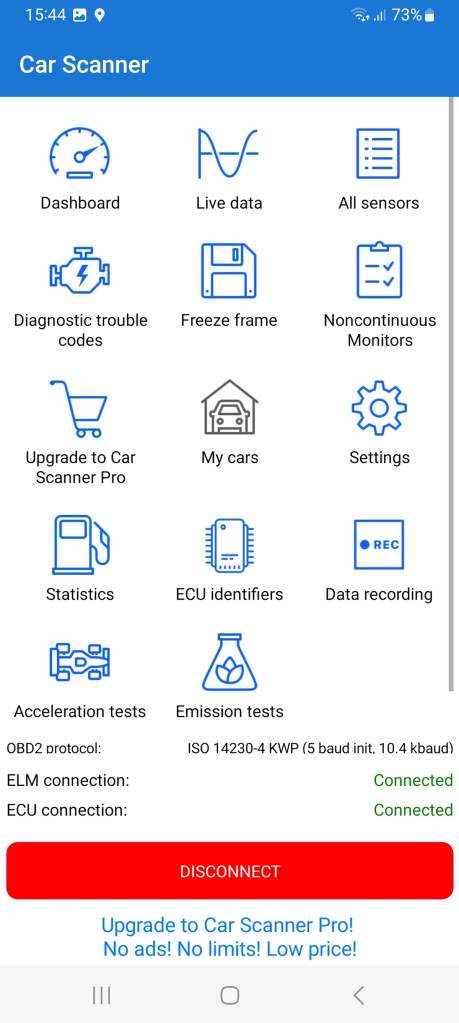
Depending on which app you choose, the level of information can be very in depth with the vLinker MC+. I used the app called Car Scanner. It helped to correctly diagnose a parking sensor fault on an Audi A3. It provided an in-depth check of the car’s systems. And it could display live data to monitor engine values, calculate fuel consumption and even acceleration times.
For more information about the vLinker MC+ scanner, be sure to check out the full review.
We check 1,000s of prices on 1,000s of retailers to get you the lowest new price we can find. Fastcar may get a commission from these offers. Read more here.
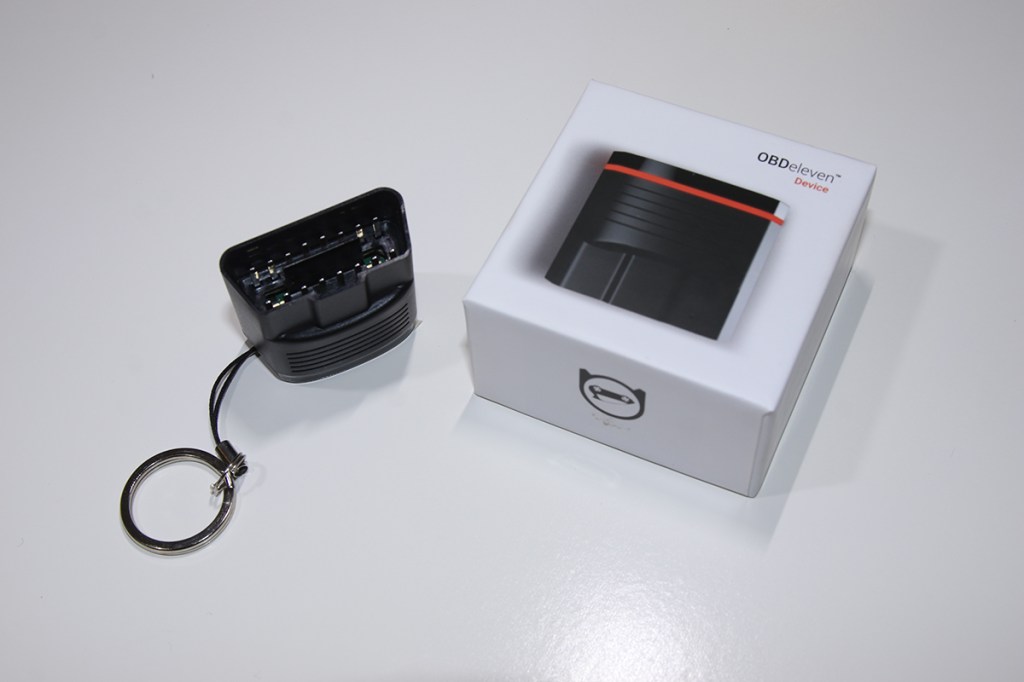
OBDeleven
Award: Editor’s Choice.
Pros: No-nonsense fault code scanner that’s simple to use.
Cons: Better suited to VAG, BMW and a few other makes.
RRP: From $88.34 Buy now /£69.95 Buy now
One of the smallest in this best Bluetooth OBD2 scanners test, this proved difficult to unplug from the OBD2 socket on some cars. Luckily, a keyring attachment helps and a universal extension cable will also fix this problem.
A dedicated app is used with this device, which is tailored to some makes, such as VAG, BMW and Rolls-Royce. When tested on two vehicles, it sometimes managed to identify it, but otherwise requested the VIN to be entered.
The entry-level free app is basic, but purposeful. It scans for faults and in some cases, performs an in-depth scan of several systems (e.g. audio, parking sensors and airbags). Identified faults are listed with relevant fault codes and further information to help.
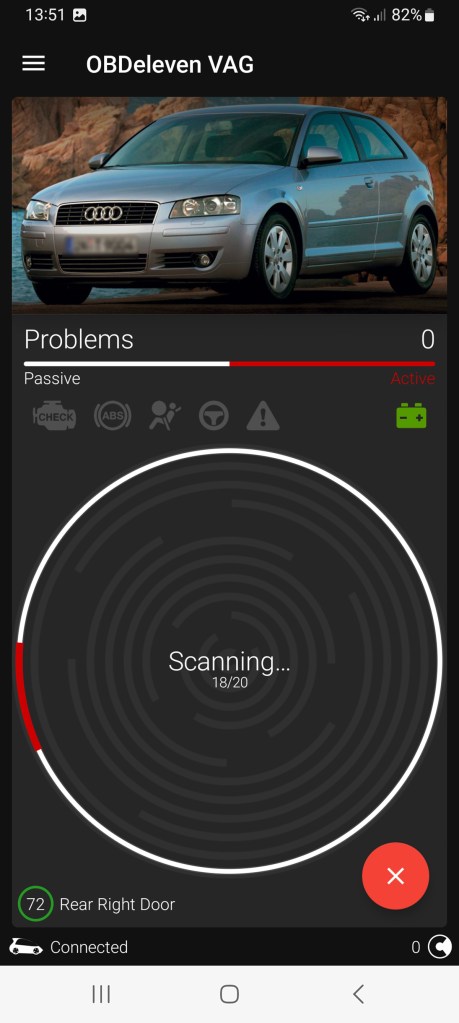
There’s not much else to the free app, other than identifying fault codes (on some of the makes we’ve mentioned, live data is available). If you want extra features, such as one-click apps to change the settings on the car or test systems, it costs. Either upgrade to one of the Pro packages (annual subscription from $53.29) or buy credits from $2.19.
With a two-year warranty and a straightforward scanning app for free, the OBDeleven is a no-nonsense device that does its job well.
Check out Rob’s full review of the OBDeleven here.
We check 1,000s of prices on 1,000s of retailers to get you the lowest new price we can find. Fastcar may get a commission from these offers. Read more here.
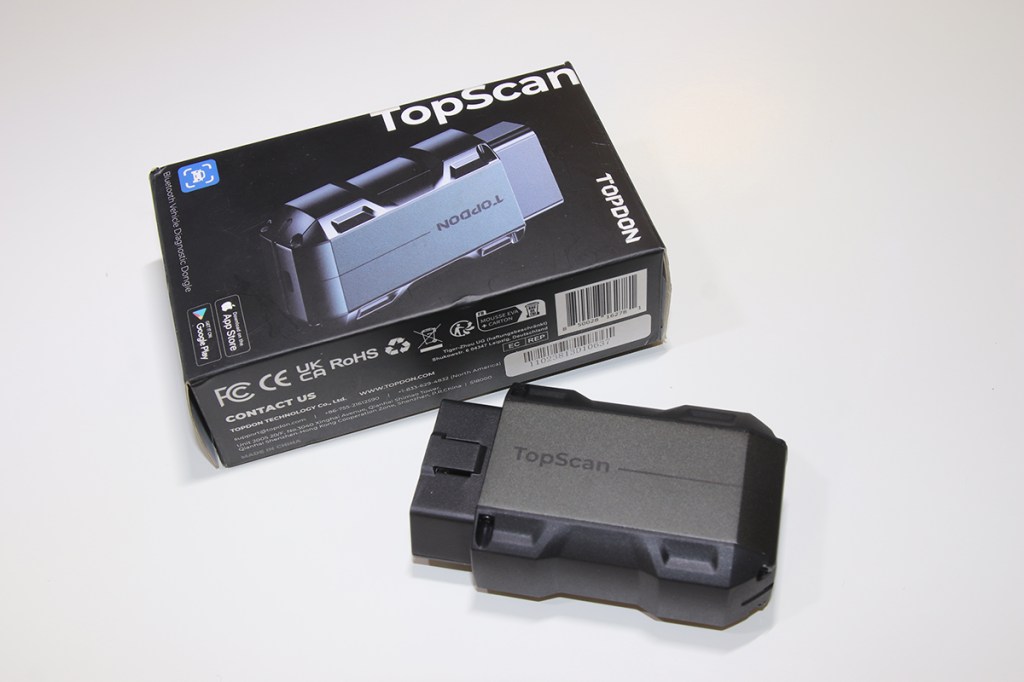
TopDon TopScan
Award: Approved
Pros: Excellent dedicated software for finding faults.
Cons: Doesn’t work on 32-bit Android phones.
RRP: $69.99 Buy now / £59.49 Buy now
TopDon have been making car diagnostic tools for professional mechanics for many years, but this Bluetooth scanner appeals to the DIY market. A dedicated app needs to be downloaded to a mobile phone, although I found some trouble here with incompatibility for 32-bit Android phones (needs 64-bit). This problem didn’t arise with any other apps and scanners. For iPhones with iOS 10 or later, an app called TopGuru is required, but we didn’t find this out until I’d contacted the support center. Luckily, both the US- and China-based centers responded quickly.
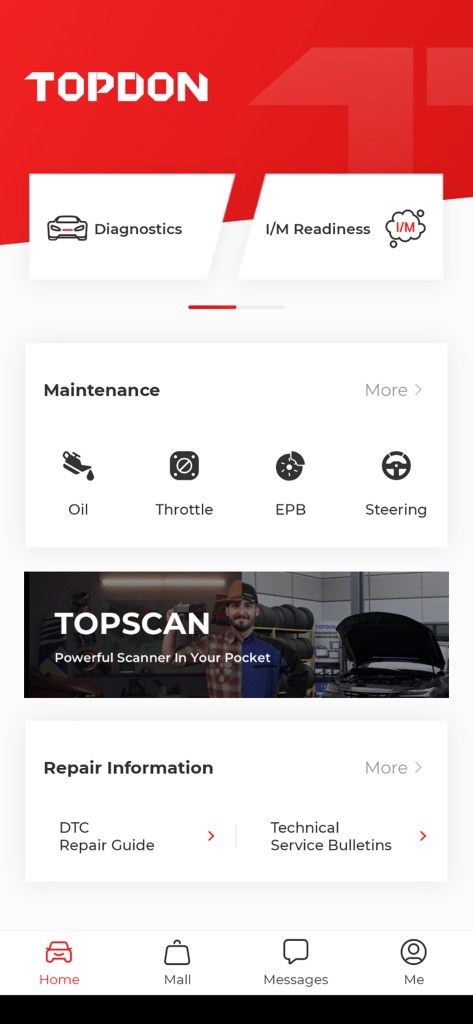
Otherwise, the app is quick to install and to communicate with the TopDon scanner. A scan for diagnostic trouble codes (DTCs) found one concerning parking sensors. Only two other scanners found this (OBDeleven and vLinker MC+). Vehicle identification didn’t work in our case, so we had to choose the vehicle, starting with the manufacturer. I liked the assortment of Hot Functions, such as resetting an oil service and a new battery. However, there’s no live data stream, freeze-frame or dashboard, so you can’t view live engine data. And the app is only free for one year – pay $49-$99 for another year’s subscription.
Fore more details on the TopDon scanner, check out Rob’s full review here.
We check 1,000s of prices on 1,000s of retailers to get you the lowest new price we can find. Fastcar may get a commission from these offers. Read more here.
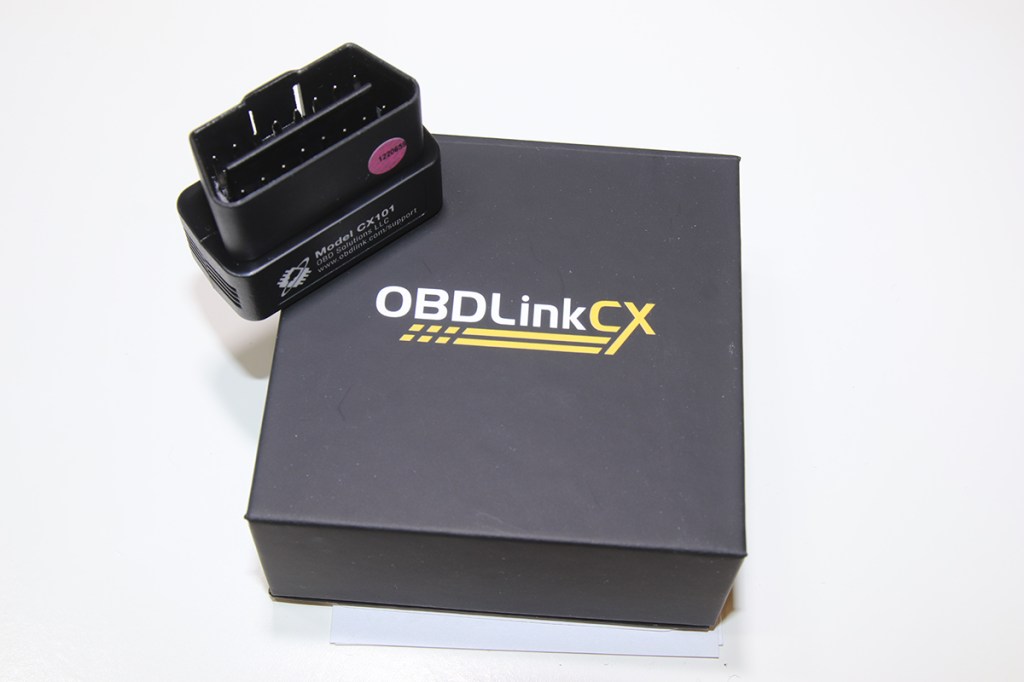
OBDLink CX
Pros: Free app, but also works with other apps, such as BimmerCode.
Cons: Very small device, so difficult to unplug from OBDII port.
RRP: From $79.99 Buy now or £78 Buy now
This is the entry-level Bluetooth scanner from American-based OBDLink. It’s also one of the smallest devices, so it can be tucked inside a glovebox or center console to be stored on board the vehicle. It’s so small that I struggled to grip and unplug it from the OBDII port. However, UK supplier Gendan sells a 20cm-long (8in) extension cable that fixes this problem.
There’s a small user guide that’s easy to follow, including a QR code to download a free app. Once installed on a phone, simply start your car’s engine, plug in the device, launch the app and wait. It took a couple of attempts to connect, but it was quick. The app is very straightforward with a simple menu system.
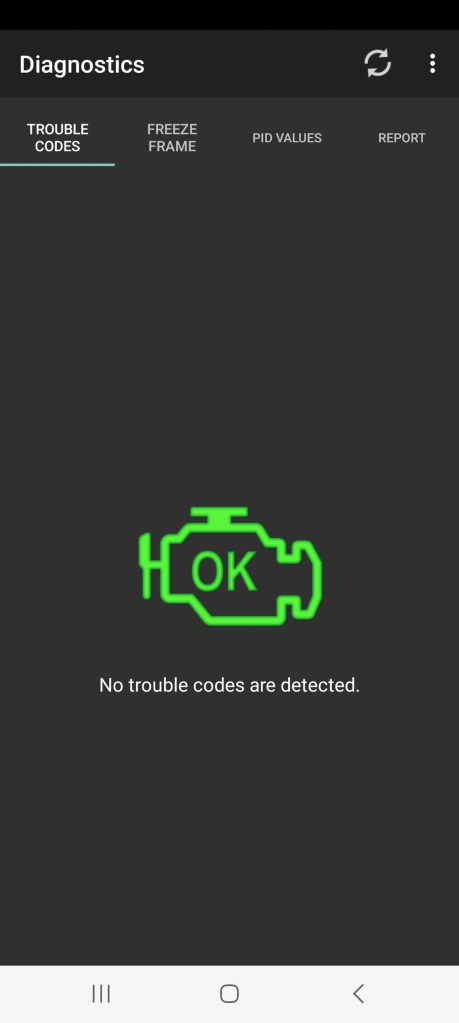
The diagnostics aspect is quick to respond, but this failed to spot an existing fault relating to parking sensors on a car.
I liked the dashboard option, which provides useful readings for engine rpm, speed, MAF pressure, battery voltage and fuel. This can be combined with freeze-frame data should a fault be logged. And the app can log a trip, calculating fuel consumption and mileage. Or live data can be displayed as a graph.
There are more features with other more expensive scanners from OBDLink, but this CX version is a useful introduction.
We check 1,000s of prices on 1,000s of retailers to get you the lowest new price we can find. Fastcar may get a commission from these offers. Read more here.
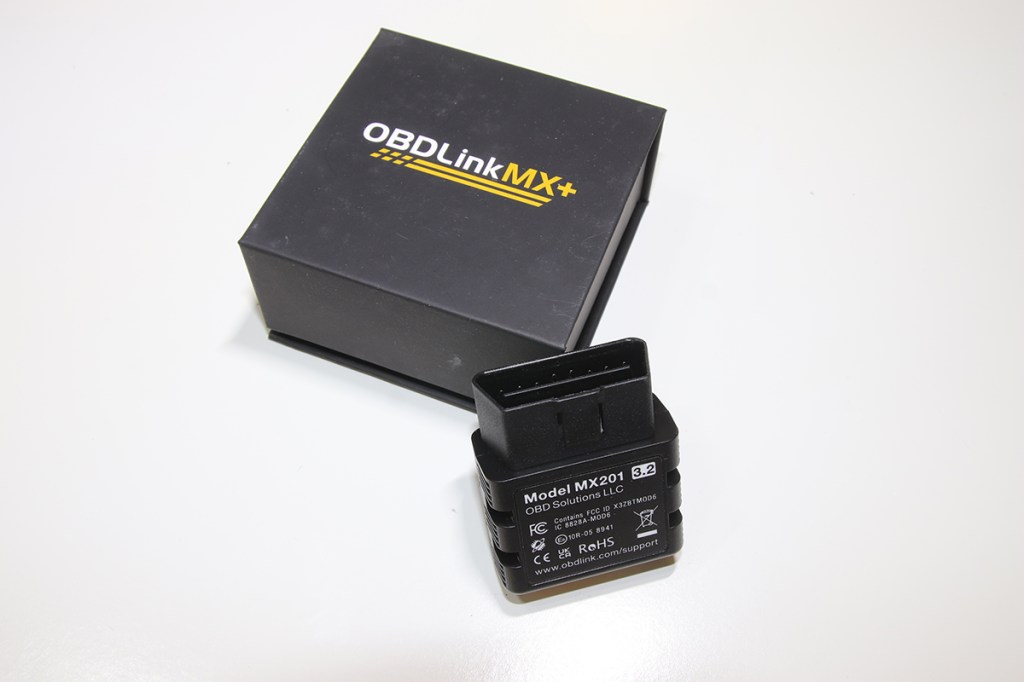
OBDLink MX+
Pros: Free app with enhanced diagnostics.
Cons: Not much better than the much-cheaper CX.
RRP: From $139.95 Buy now / £129.95 Buy now
OBDLink’s top-of-the-range Bluetooth scanner packs some punch and comes with lots of free features. It’s also the most expensive one in this test. It requires an app on a mobile phone or even a Kindle Fire, which is quick to install. Connecting the two is also quick and hassle-free. Simply plug in the scanner to the car’s OBDII port and open the app. And a button on the scanner helps if it doesn’t work. A short user guide makes it all easy to do.
The dedicated app from OBDLink is also very easy to use. There are only seven menu options.
The depth of diagnostic analysis, especially using enhanced diagnostics is impressive and it found a parking sensor fault that hadn’t raised an EML.
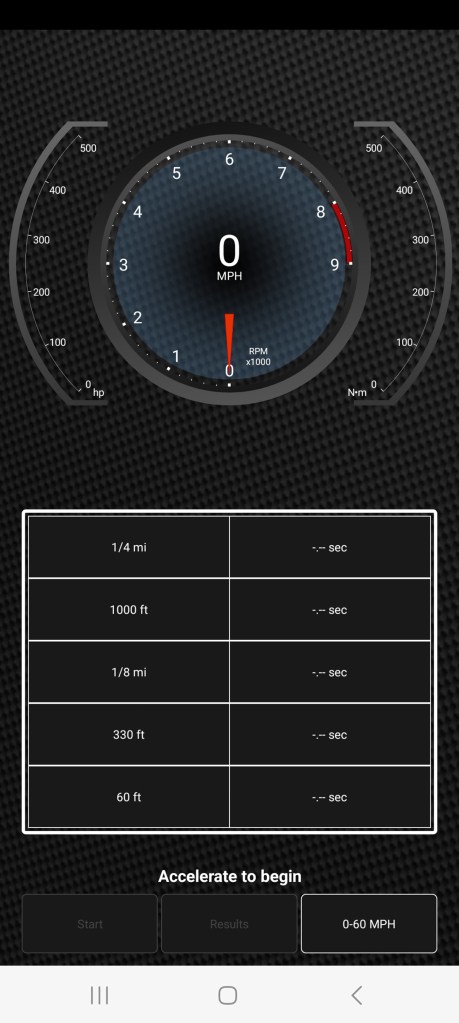
Other features, such as live data, can be analyzed in a number of ways. A Dashboard provides instrument readouts. A Graph function shows plotted readouts for comparisons. A Map function helps to data log a journey to find data parameters and calculate MPG. And there’s a Performance function that calculates acceleration times.
The MX+ is worth the extra money over the CX if you want to dig deeper with enhanced diagnostics. Otherwise, save yourself $40 and buy the cheaper CX.
We check 1,000s of prices on 1,000s of retailers to get you the lowest new price we can find. Fastcar may get a commission from these offers. Read more here.
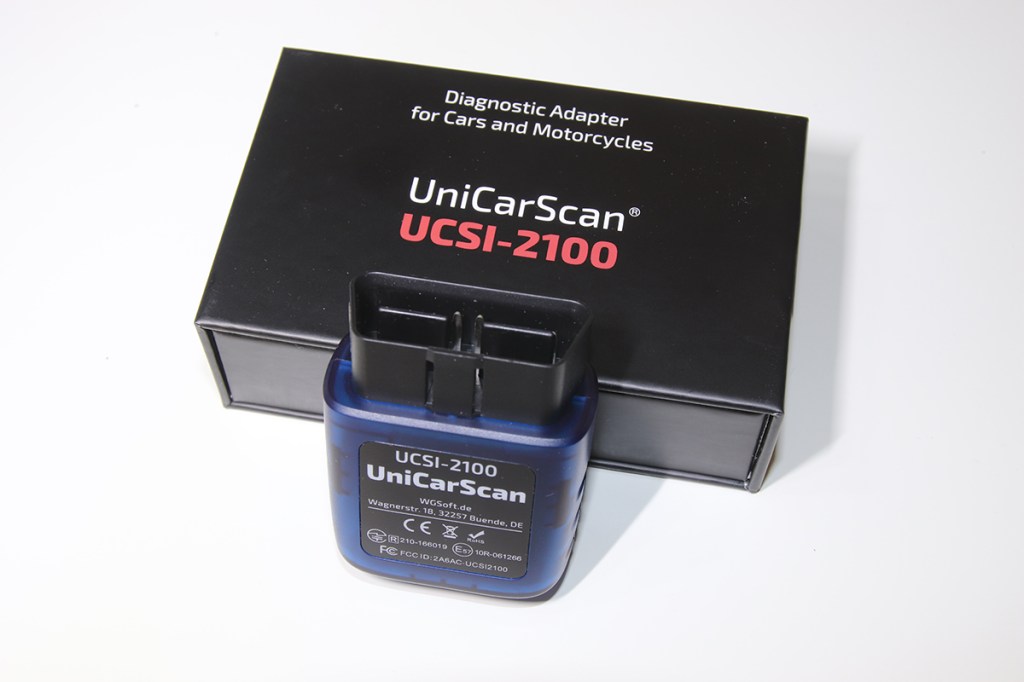
UniCarScan UCSI-2100
Pros: Big choice of free dedicated and generic apps.
Cons: Wide choice of apps may seem bewildering.
RRP: From $79.99 Buy now / £54 Buy now
Made by WGSoft of Germany, the UniCarScan UCSI-2100 is a compact Bluetooth OBD2 scanner that works with a wide range of apps. And these apps are available on cell phones (iOS and Android) and a Windows-operated PC or laptop. Some are dedicated to a particular make of car, such as BMW and Opel. Others are generic, including WGSoft’s own app called ScanMaster.
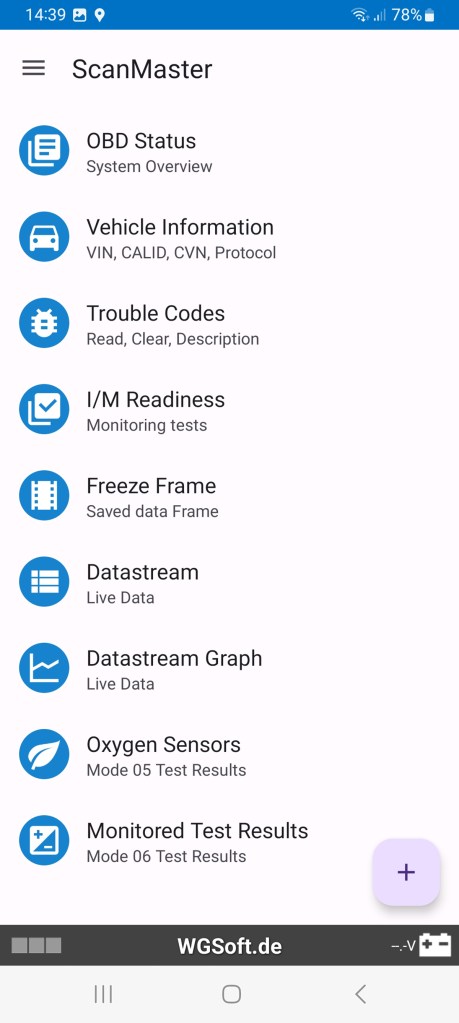
Once plugged into a car’s OBDII port, connection to a phone or laptop is fast. Depending on which app is used, the level of detail is quite comprehensive. In ScanMaster, for instance, there are nine menu options, although some features require an in-app purchase. Trouble codes are quick to be revealed, but in testing they failed to find a parking sensor problem. Freeze-frame data is a useful feature for showing values when a fault arises. And live data helps to analyze engine data to further diagnose a problem.
As a device that can be stored inside a glovebox for use in an emergency, and to also be used to check for faults at every service interval, this is a useful and cheap solution.
Here’s Rob’s full review of the UniCarScan scanner.
We check 1,000s of prices on 1,000s of retailers to get you the lowest new price we can find. Fastcar may get a commission from these offers. Read more here.
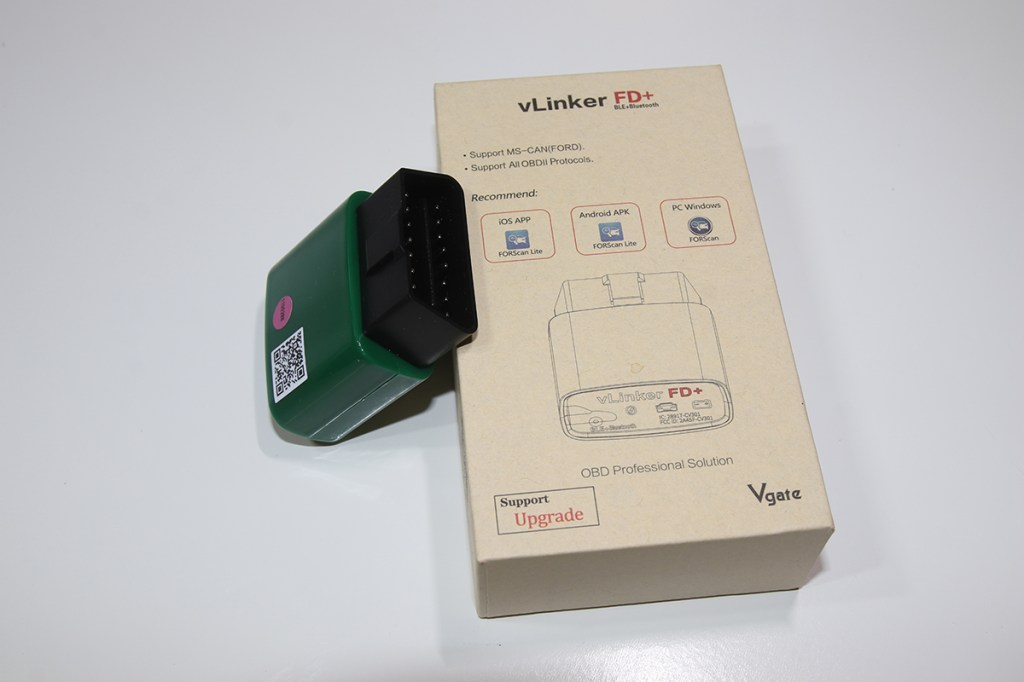
vLinker FD+
Pros: Supported by a wide range of third-party Windows, Android and iOS apps.
Cons: Works with a wide range of apps, so you may have to test a few to find the right one.
RRP: From $49.99 Buy now / £42 Buy now
Manufactured by vGate of China, but available worldwide. A compact Bluetooth scanner that has a display on the face to tell you it’s connected, once it’s plugged in. Removing it from the OBD2 socket in a car can be awkward due to its size.
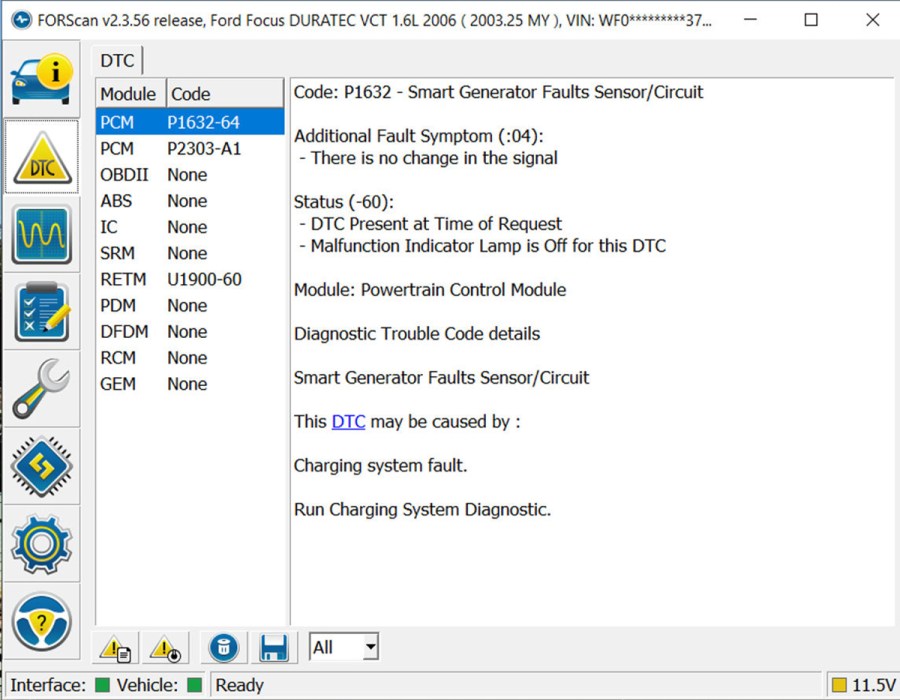
Choosing which third-party app to use it with can be a minefield. There’s a huge choice and also some dedicated apps. Pairing with a cell phone or Windows-based laptop is straightforward and it all works smoothly. Depending on which app is used, you can expect lots of in-depth information on faults and what they mean. Plus, live data can be viewed to analyze a potential problem.
A good introduction into the world of diagnostics and live data retrieval.
We check 1,000s of prices on 1,000s of retailers to get you the lowest new price we can find. Fastcar may get a commission from these offers. Read more here.
How to buy the best Bluetooth OBD2 scanners
Deciding on the best Bluetooth OBD2 scanner for you can seem like an impossible task. There’s no easy answer. Start by thinking about what you want from one of these devices. If it’s simply to diagnose an EML when it lights up on the dashboard, then all of the scanners tested will do this. However, some offer in-depth diagnostics for specific makes of cars, which helps, but only if your car is included. So if you have a BMW for instance, I recommend buying one of the scanners that works with the BimmerCode app.
Don’t assume that all the scanners will communicate with your car. Newer cars (from 2017 onwards) use a CAN-Bus (Common Area Network) system for communicating with the ECU. This is a type of OBDII protocol, which some of the scanners cater for. If this applies to your car, check with the manufacturer or supplier of the Bluetooth scanner before buying. I found everyone I contacted was very helpful.
All of the scanners tested will reset an EML by clearing fault codes. You may want more reset functions, such as resetting an oil service light. In some cases you’ll have to pay extra for this. In others, it comes part of a pro package or an annual subscription.
And the same applies to extra features, such as live data, calculating MPG and a dashboard display. Useful features or gimmicks? Only you can decide.
For more information on diagnostics, visit:
Love modified cars? We host a number of performance car events throughout the year. Be sure to check out our Fast Car Events page for more information on what’s coming up next.

